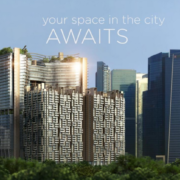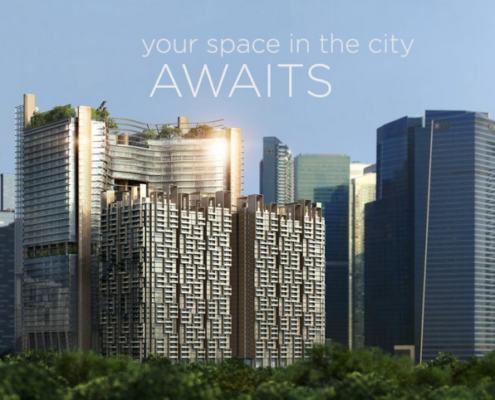FARO® Introduces As-Built Software Platform For 3D Digital Modeling
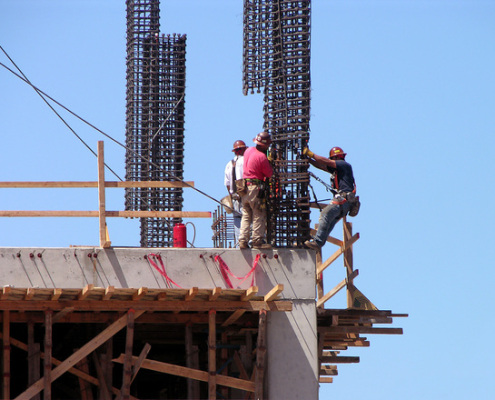 FARO, a trusted source for 3D measurement and imaging solutions for factory metrology and construction BIM, announces the availability of the FARO® As-Built software platform that enables efficient and cost-effective transfer of 3D reality capture into Autodesk® design tools to create ready to use CAD and Building Information Modeling (BIM) deliverables.
FARO, a trusted source for 3D measurement and imaging solutions for factory metrology and construction BIM, announces the availability of the FARO® As-Built software platform that enables efficient and cost-effective transfer of 3D reality capture into Autodesk® design tools to create ready to use CAD and Building Information Modeling (BIM) deliverables.
As-Built is specifically designed to minimise the effort and time required to create as-built documentation, which is the main task across AEC professionals in the building, facility and infrastructure design phases.
This comprehensive and innovative platform seamlessly integrates processed 3D data coming from the FARO SCENE software platform and can then support point cloud modelling (i.e. the set of data points acquired by a 3D laserscanner that are then displayed as a visual representation of an object or area) for the latest 2019 Autodesk® design tools. The FARO As-Built platform offers three powerful options:
- As-Built for AutoCAD® Software
- As-Built for Autodesk® Revit®
- As-Built Suite – includes both As-Built for AutoCAD® Software and As-Built for Autodesk® Revit®
The full functionality of PointSense for AutoCAD® solutions, all previous standalone AutoCAD® plug-ins and PointSense for Revit®, respectively are now migrated into the As-Built platform. Additionally, As-Built is available across a broadseries of languages, including French, Italian, Spanish, Portuguese, Chinese, Japanese, English and German.
As-Built for AutoCAD® Software
- Best in Class Usability: Users now have access to a common graphical user interface that provides a single entry point for all FARO features and functionality across the entire AutoCAD® platform. This enables new users to get upto speed quickly and immediately begin to leverage the power of As-Built.
- Unique Performance and Value: AEC professionals benefit from a single point cloud-modelling platform that not only offers versatile tools that span different industries such as Architecture, Civil/Survey, Oil & Gas, and FacilityManagement but also total stations and UAV sensors. There is no longer a need to purchase or support separate total station software. Additionally, it is now easy to combine a terrestrial view with an aerial view that provides an evenbetter digital representation of the real world.
As-Built for Autodesk® Revit®
- Confidence in Accuracy: As-Built for Autodesk® Revit®, like its predecessor PointSense for Revit®, accelerates Scan-To-BIM workflows and includes powerful features such as surface analysis by Levels of Accuracy standards asdefined by the U.S. Institute of Building Documentation, which enables users to more confidently validate the accuracy of the as-built model compared to the relevant point cloud.
“We have been uniquely focused on delivering 3D digital modeling solutions that address the key pain points of AEC professionals; specifically waste and project delays that lower productivity and increase operational costs,” statedAndreas Gerster, Vice President Global Construction BIM. “As-Built is both a powerful tool for Autodesk® users who use FARO Focus and Freestyle solutions and also for other 3rd party 3D imaging hardware products.”


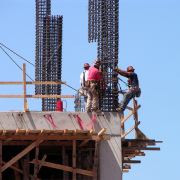


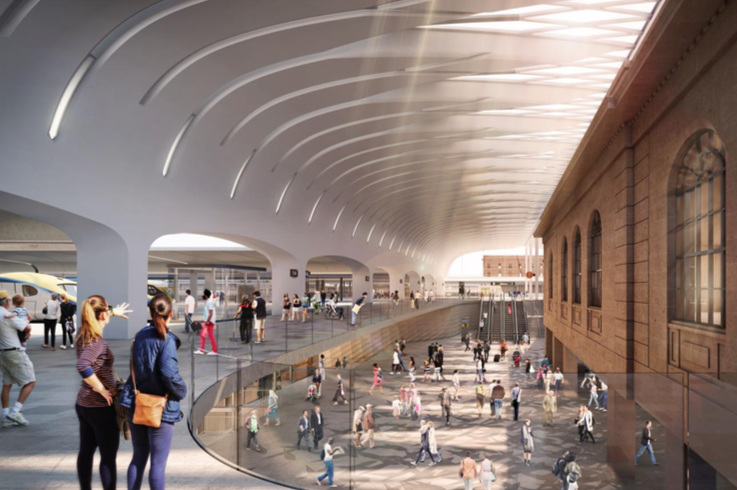
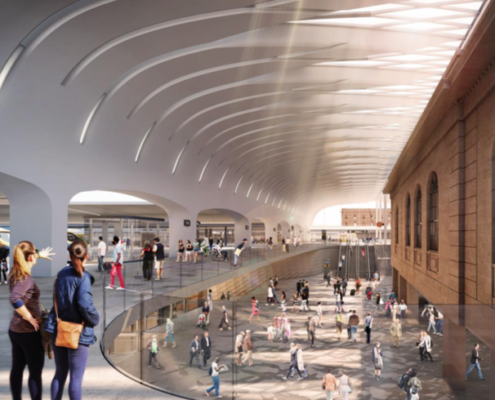 John McAslan + Partners and Woods Bagot are the architectural partners delivering the Sydney Metro upgrade to Central Station, a key component of the Sydney Metro City & Southwest project.
John McAslan + Partners and Woods Bagot are the architectural partners delivering the Sydney Metro upgrade to Central Station, a key component of the Sydney Metro City & Southwest project.
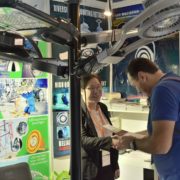
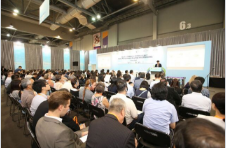 Organised by the
Organised by the 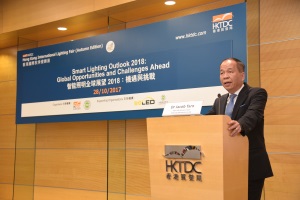
 During the fairs, industry leaders, who were invited to share their insights on the latest industry and products trends, revealed that the function of lighting products has evolved to become the “Internet of lights,” which has become an essential trend for smart homes.
During the fairs, industry leaders, who were invited to share their insights on the latest industry and products trends, revealed that the function of lighting products has evolved to become the “Internet of lights,” which has become an essential trend for smart homes.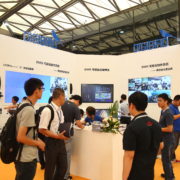
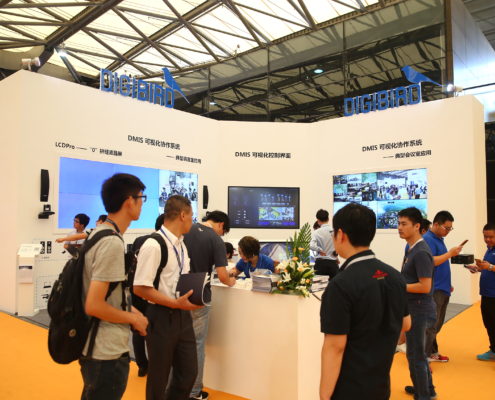 The Shanghai Intelligent Building Technology (SIBT) kicked off its 11th edition from September 5 to 7, 2017 at the Shanghai New International Expo Centre in Shanghai. With the support from Intelligent Engineering Branch of China Exploration and Design Association, the fair ran concurrently with the Shanghai Smart Home Technology (SSHT).
The Shanghai Intelligent Building Technology (SIBT) kicked off its 11th edition from September 5 to 7, 2017 at the Shanghai New International Expo Centre in Shanghai. With the support from Intelligent Engineering Branch of China Exploration and Design Association, the fair ran concurrently with the Shanghai Smart Home Technology (SSHT).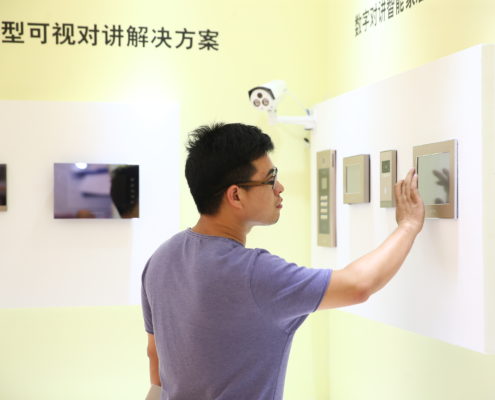
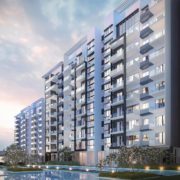
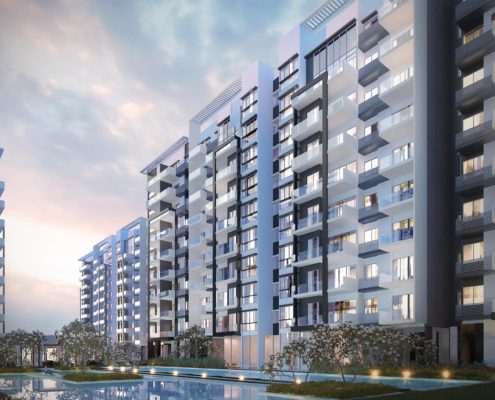 SolarPVExchange, a subsidiary of Sunseap group, Singapore’s leading clean energy provider, announced today that it has signed an agreement with Spring CJW Development Pte Ltd to build a solar photovoltaic (PV) system which will help power up its first eco-friendly residential development in Phnom Penh. Under the deal, SolarPVExchange will design and construct a 200 kilowatt-peak solar photovoltaic (PV) system across the rooftops of the condominium’s eight blocks of residential units.
SolarPVExchange, a subsidiary of Sunseap group, Singapore’s leading clean energy provider, announced today that it has signed an agreement with Spring CJW Development Pte Ltd to build a solar photovoltaic (PV) system which will help power up its first eco-friendly residential development in Phnom Penh. Under the deal, SolarPVExchange will design and construct a 200 kilowatt-peak solar photovoltaic (PV) system across the rooftops of the condominium’s eight blocks of residential units.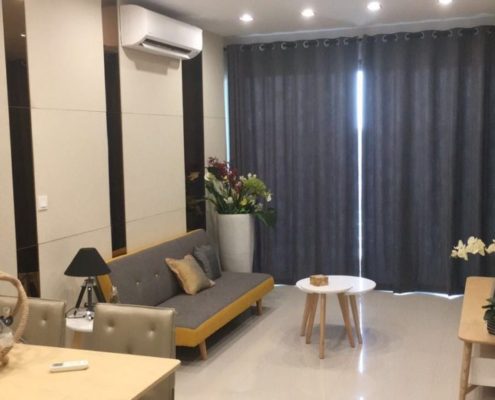
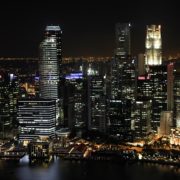
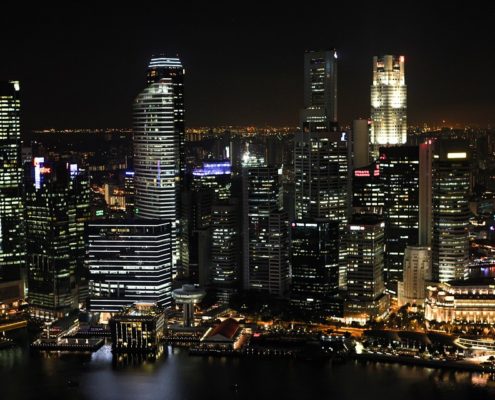 Global real estate company JLL is adding to its portfolio of services with the launch of its Command Centre in Asia Pacific. The new product provides real estate owners and occupiers with advanced analytics and operational knowledge for real time, remote monitoring of buildings and facilities.
Global real estate company JLL is adding to its portfolio of services with the launch of its Command Centre in Asia Pacific. The new product provides real estate owners and occupiers with advanced analytics and operational knowledge for real time, remote monitoring of buildings and facilities.
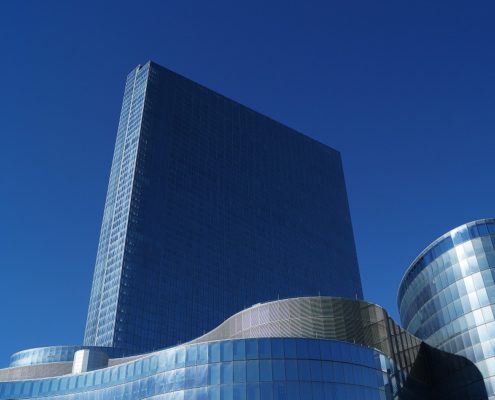 Technological evolutions are blurring the lines between physical and digital with the introduction of the Internet-of-Things (IoT). With the number of IoT devices growing exponentially to an estimated 75.4 billion devices in 20251, building fixtures such as lights, air-conditioning, alarm systems and door locks can all be a part of a hyper-connective virtual mesh.
Technological evolutions are blurring the lines between physical and digital with the introduction of the Internet-of-Things (IoT). With the number of IoT devices growing exponentially to an estimated 75.4 billion devices in 20251, building fixtures such as lights, air-conditioning, alarm systems and door locks can all be a part of a hyper-connective virtual mesh.